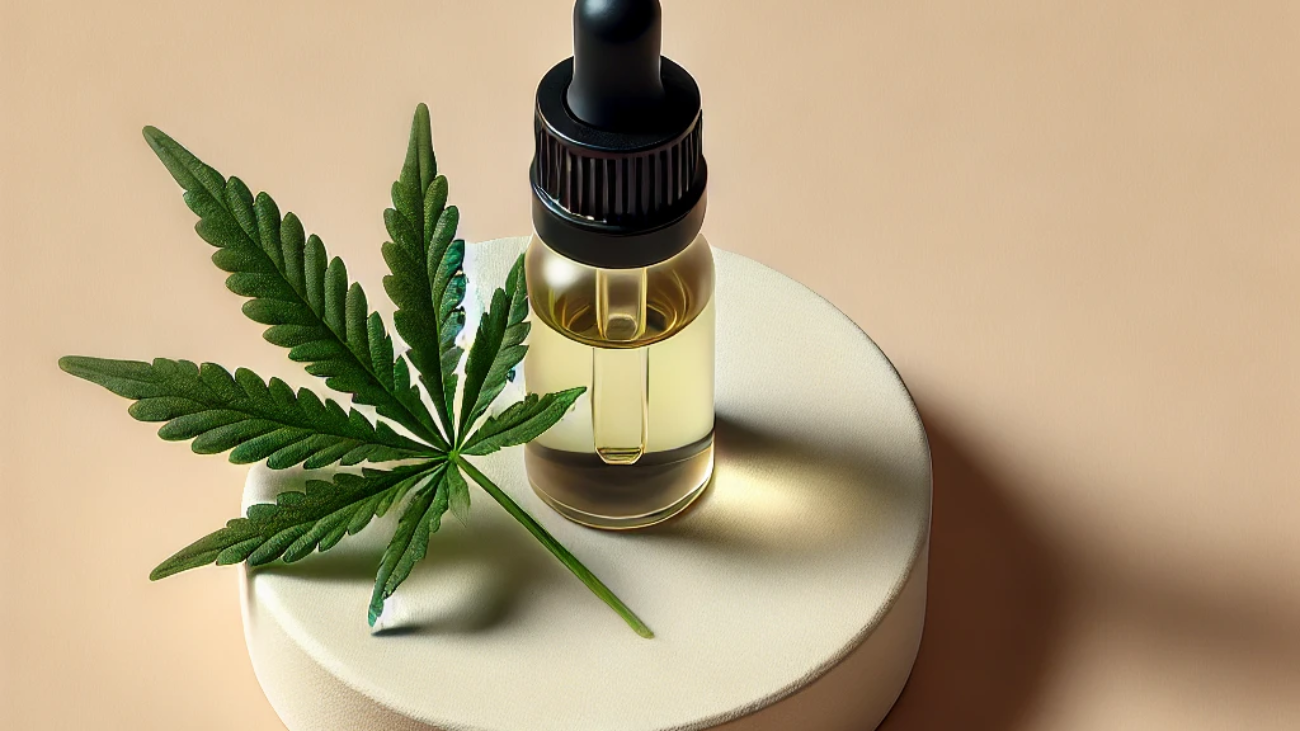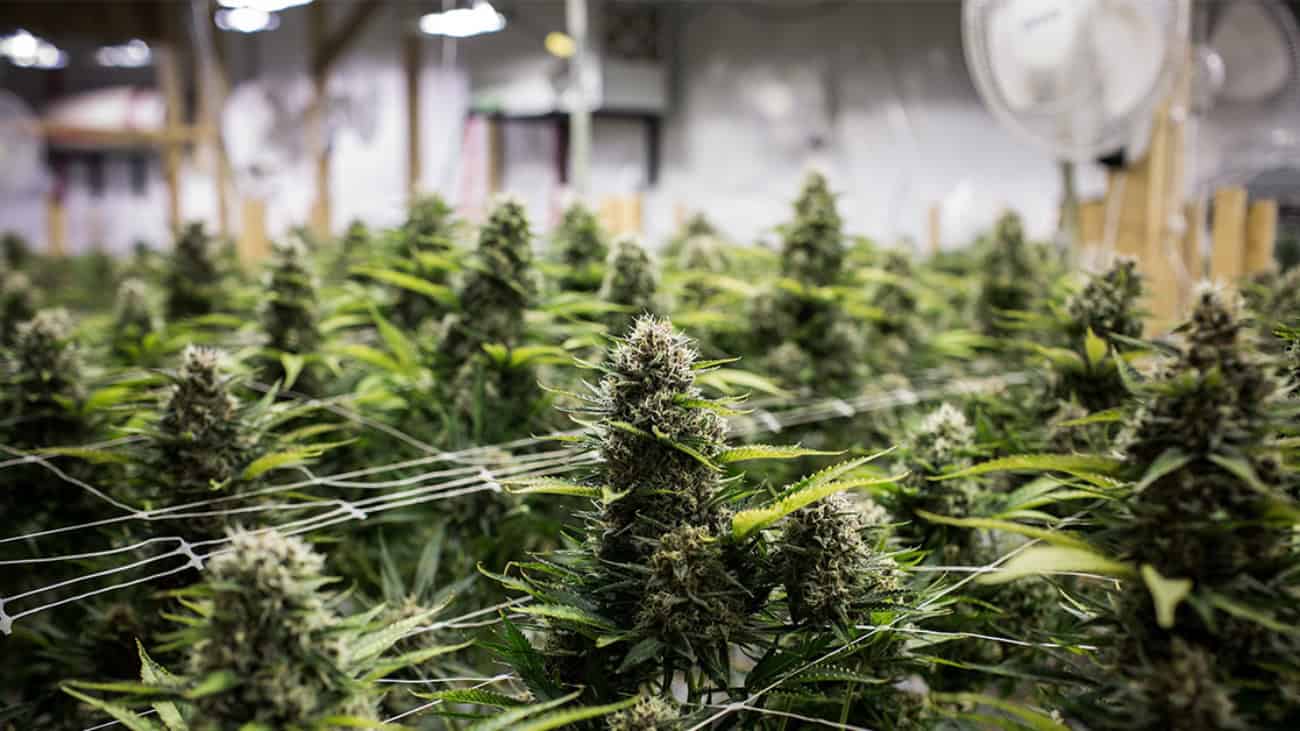Introduction
Microdosing cannabis is a popular method among both new users and experienced enthusiasts looking for a more controlled and subtle experience. Whether you’re seeking relief from anxiety, managing pain, or simply exploring cannabis without the overwhelming high, microdosing offers a balanced and effective way to enjoy the plant’s benefits. In this beginner’s guide, we’ll cover the basics of microdosing cannabis, its advantages, and how you can incorporate it into your routine for a smoother, more predictable experience.
What is Microdosing?
Microdosing involves taking small, controlled amounts of cannabis—usually a fraction of a standard dose—to achieve the desired effects without feeling overly intoxicated. Instead of consuming large quantities that can lead to a strong high, microdosing allows you to enjoy the therapeutic benefits of cannabis in a more subtle and manageable way.
Benefits of Microdosing Cannabis
- Enhanced Focus and Productivity: Microdosing can provide just enough cannabis to spark creativity and mental clarity, making it perfect for people looking to stay productive while managing stress or discomfort.
- Reduced Anxiety: For individuals who are prone to anxiety when consuming larger doses of cannabis, microdosing offers a way to enjoy the calming effects without inducing overwhelming feelings.
- Pain Relief Without Sedation: Microdosing can provide pain relief while allowing you to remain functional and alert, making it ideal for daytime use.
- Improved Sleep: Microdosing cannabis before bed can help you fall asleep more easily without causing grogginess the next morning.
- Cost-Effective: Since microdosing uses smaller amounts of cannabis, it can stretch your supply further, making it a more economical option over time.
How to Start Microdosing Cannabis
- Choose the Right Product: If you’re new to cannabis, it’s essential to start with low-THC strains or CBD-dominant products. Edibles, tinctures, and low-dose vape pens are popular choices for microdosing.
- Start Low and Go Slow: Begin with a small dose—usually 1 to 2 milligrams of THC. Wait at least an hour to gauge how your body responds before consuming more.
- Track Your Experience: Keep a journal of how you feel after each dose, noting any changes in mood, productivity, or pain levels. This will help you find your optimal dose over time.
- Be Patient: Microdosing requires patience. It might take several tries to find the perfect dose that provides relief without any unwanted side effects.
Methods for Microdosing Cannabis
- Edibles: Gummies, chocolates, or capsules with low THC content (2-5 mg per serving) are great for consistent dosing.
- Tinctures: Liquid cannabis extracts allow for precise dosing. Use a dropper to measure out small amounts.
- Vaporizing: Some vape pens are designed for low-dose hits, which can make microdosing easy and effective.
- Flower: For experienced users, microdosing with flower involves taking smaller puffs from a joint or pipe.
Conclusion
Microdosing cannabis is an excellent option for those who want to reap the therapeutic benefits of the plant without the intense high. By starting with small, manageable doses, you can gradually find the right amount that works for you. Whether you’re looking to improve focus, reduce anxiety, or manage pain, microdosing offers a controlled and effective way to enhance your cannabis experience.


